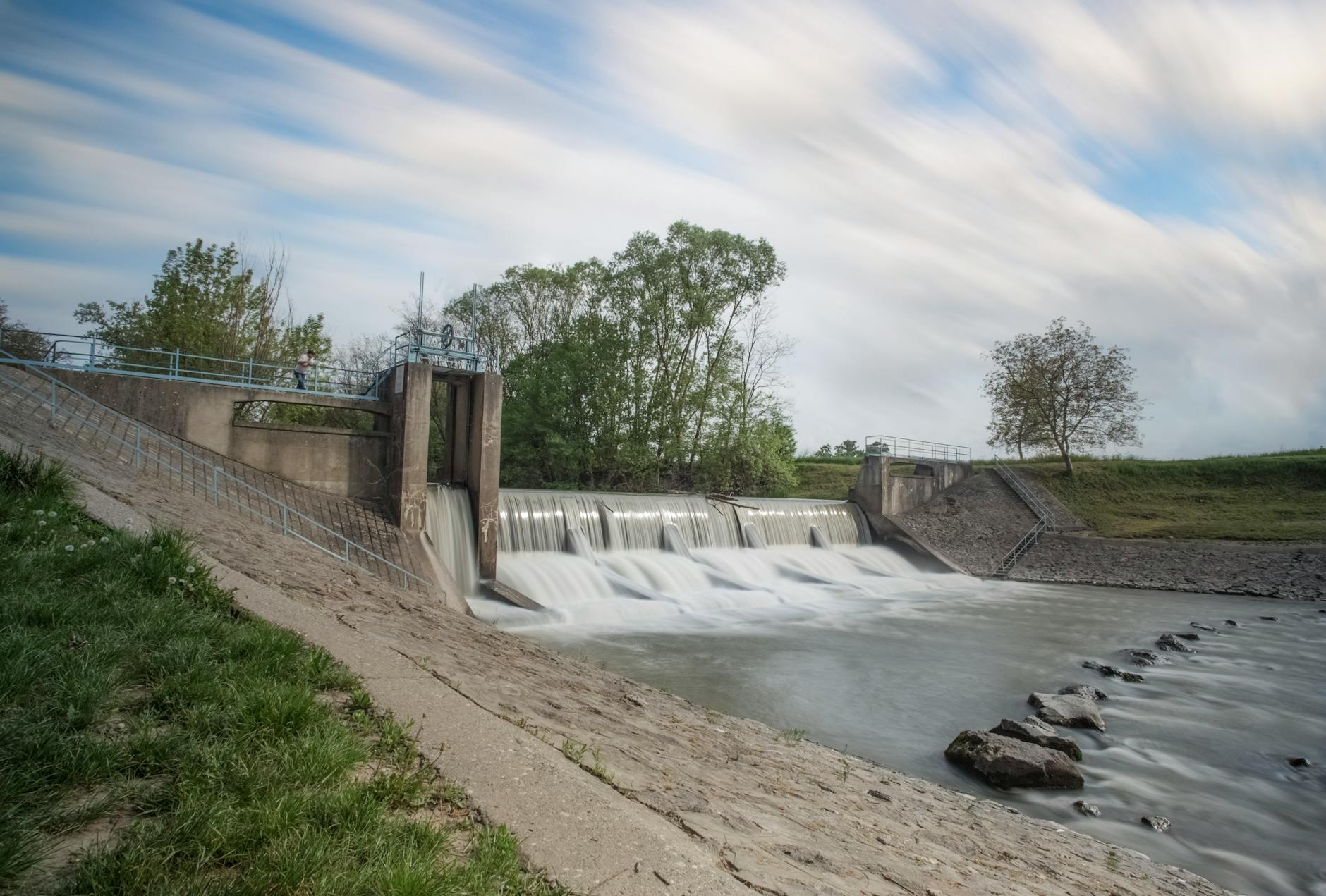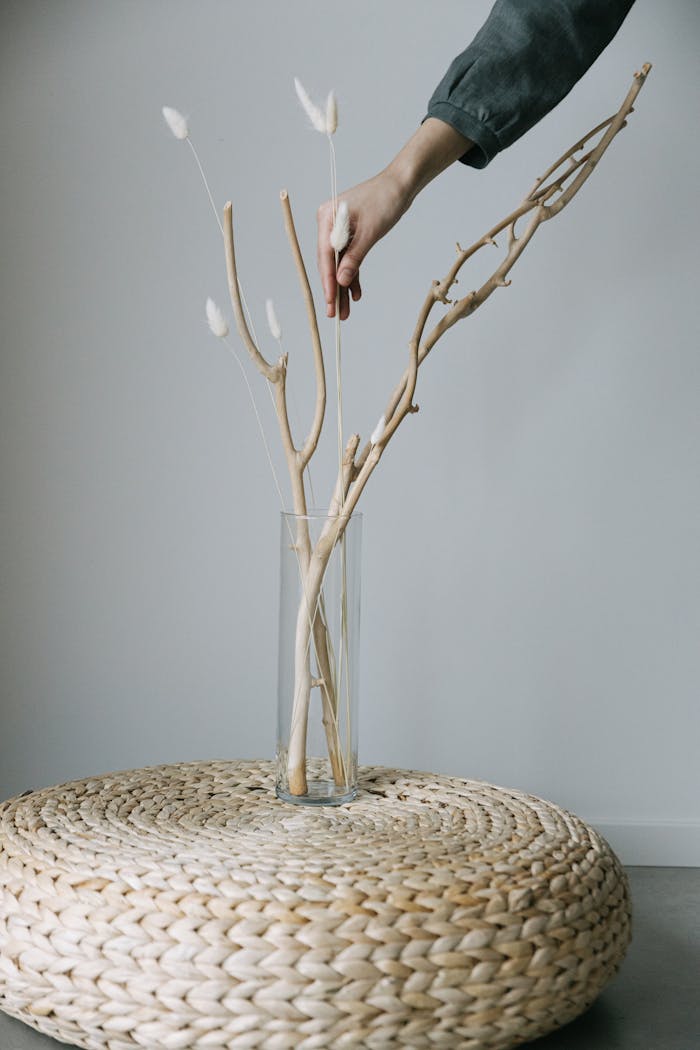Artificial grass has become a popular choice for residential and commercial landscapes due to its low maintenance requirements and aesthetic appeal. However, for artificial grass to maintain its lush appearance and functionality over the long term, durability is a key factor to consider. In this article, we will explore the best tips for ensuring the long-lasting results of artificial grass, from choosing high-quality materials to proper maintenance practices.
Selecting High-Quality Artificial Grass:
The durability of artificial grass largely depends on the quality of the materials used. When choosing artificial grass for your landscaping project, opt for products made from high-grade polyethylene fibers and polypropylene backing. These materials are UV-stabilized to resist fading and degradation from prolonged sun exposure, ensuring that your artificial grass remains vibrant and intact for years to come.
Proper Installation:
Proper installation is crucial for the longevity of artificial grass. Ensure that the base surface is adequately prepared to prevent uneven settling or poor drainage, which can compromise the durability of the turf. Use a geotextile membrane to prevent weed growth and ensure a stable foundation for the artificial grass. Additionally, hire experienced professionals to install the turf correctly, following the manufacturer’s guidelines for optimal results.
Regular Maintenance Routine:
Maintaining artificial grass is relatively low-maintenance compared to natural grass, but it still requires regular care to ensure its longevity. One of the most crucial maintenance tasks is keeping the turf clean and free of debris. Regularly remove leaves, dirt, and other debris with a leaf blower or a stiff brush to prevent compaction and maintain proper drainage.
Furthermore, to prevent weeds from growing through the turf, apply a non-toxic weed killer as needed. Grooming the artificial grass with a stiff bristle broom or rake can help fluff up the fibers and distribute infill evenly, enhancing the turf’s appearance and resilience.
Protecting from Heavy Use:
While artificial grass is designed to withstand heavy foot traffic and activities, prolonged and frequent heavy use can lead to wear and tear over time. To protect high-traffic areas, consider installing walkways or designated paths to divert foot traffic and reduce stress on the turf. Additionally, using protective mats under furniture or play equipment can help distribute weight evenly and prevent damage to the artificial grass fibers.
Seasonal Care:
Seasonal care plays a vital role in maintaining the durability of artificial grass. In hot climates, regularly rinse the turf with water to cool it down and prevent heat buildup. In colder climates, remove snow and ice promptly to prevent moisture from seeping into the turf and causing damage. Furthermore, inspect the turf for any signs of wear or damage at the beginning and end of each season to address any issues promptly.
In conclusion, artificial grass can offer lasting beauty and functionality to your landscape with proper care and maintenance. By selecting high-quality materials, ensuring proper installation, establishing a regular maintenance routine, protecting from heavy use, and implementing seasonal care practices, you can enjoy long-lasting results from your artificial grass for years to come.


